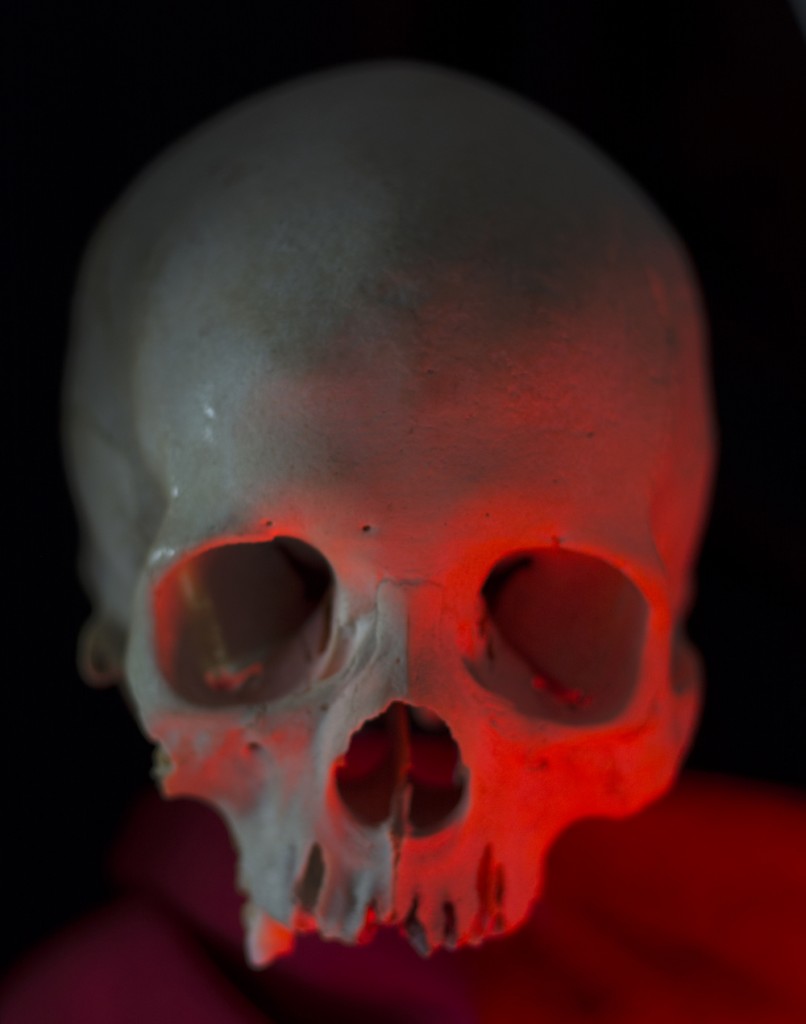 For centuries, artists have been captivated by the human skull. From renaissance vanity paintings to modern day tattoo art, images of the skull remind us that life is short and the time to live our dreams is now.
For centuries, artists have been captivated by the human skull. From renaissance vanity paintings to modern day tattoo art, images of the skull remind us that life is short and the time to live our dreams is now.
For an artist working today, understanding how to draw the human skull is no less important than it was centuries ago. The bones of the skull shape the features of our characters and hold the muscles that create the subtle facial expressions that bring our drawings to life. So in the spirit of the holiday, I bring you 5 weird facts you probably didn’t know about the most important feature of the human anatomy, the human skull.
1. Teeth are not considered to be bones of the skull
The bones of the skull are divided into two main groups: the bones of the cranium, and the bones of the face. Eight bones make up the cranium, and 14 bones make up the facial skeleton, but the teeth are not considered to be bones of the skull.
2. The human skull is full of “holes”
Besides your peeper holes, your smellin’ hole, and your pie hole, the skull is full of tiny holes called foramina. These openings allow for the passage of the nerves and blood vessels that innervate the face. The largest hole in the skull is where the vertebral column joins the base of the skull, and is called the foramen magnum. Go figure.
3. There is a difference between the skull cap and the brain case
In anatomical terms, the brain case includes these bones:
ethmoid
sphenoid
frontal
occipital
parietals (one on each side)
temporals (one on each side)
These bones fuse together to make the case that encloses and protects the brain. But when anatomists study the calvaria, or skull cap, they don’t consider the ethmoid or sphenoid bones, which close up the base of the skull. Without those bottom two bones, the brain case becomes the skull cap.
4. Human skulls look different depending on if they are male or female, and depending on what part of the world they come from
While we all have the same 22 bones in our skulls, their size and shape are different depending on sex and racial heritage. A trained artist, anatomist, or anthropologist can tell the difference in a single glance. By the way, the skulls you see most often are of Asian descent, since most anatomical specimens come from that part of the world.
5. There are fractals in every human skull
You know those wiggly little lines between the bones of the skull? Those are called sutures, and they are ridiculously long! They may not look it, but they are. I wish I could tell you exactly how long they are, but it turns out they are impossible to measure accurately. You could use a measuring tape to get a straight line length from one point to another, but that measure wouldn’t account for all of those tiny little wiggles. You could try using a piece of thread and match the wiggly zig-zags as close as possible, and then straighten and measure the thread, but even then, if you look at those sutures through a microscope, you would find you missed a ton of them. The sutures of the skull are actually fractals, and measuring fractals is best left to the mathematician.
When it comes right down to it, we are fearfully and wonderfully made. For the artist, there is beauty to be found where most others see only death. The human skull is an amazing piece of evolutionary design, and it’s a design that every serious artist should know backwards and forwards.
Happy Halloween!
By the way, the images in this post are all high res and free for you to use as reference, thanks to my good friends at UB Productions.
How helpful was this post?
1 Star: Oh man, that sucked… 5 Stars: Good God, it’s brilliant!

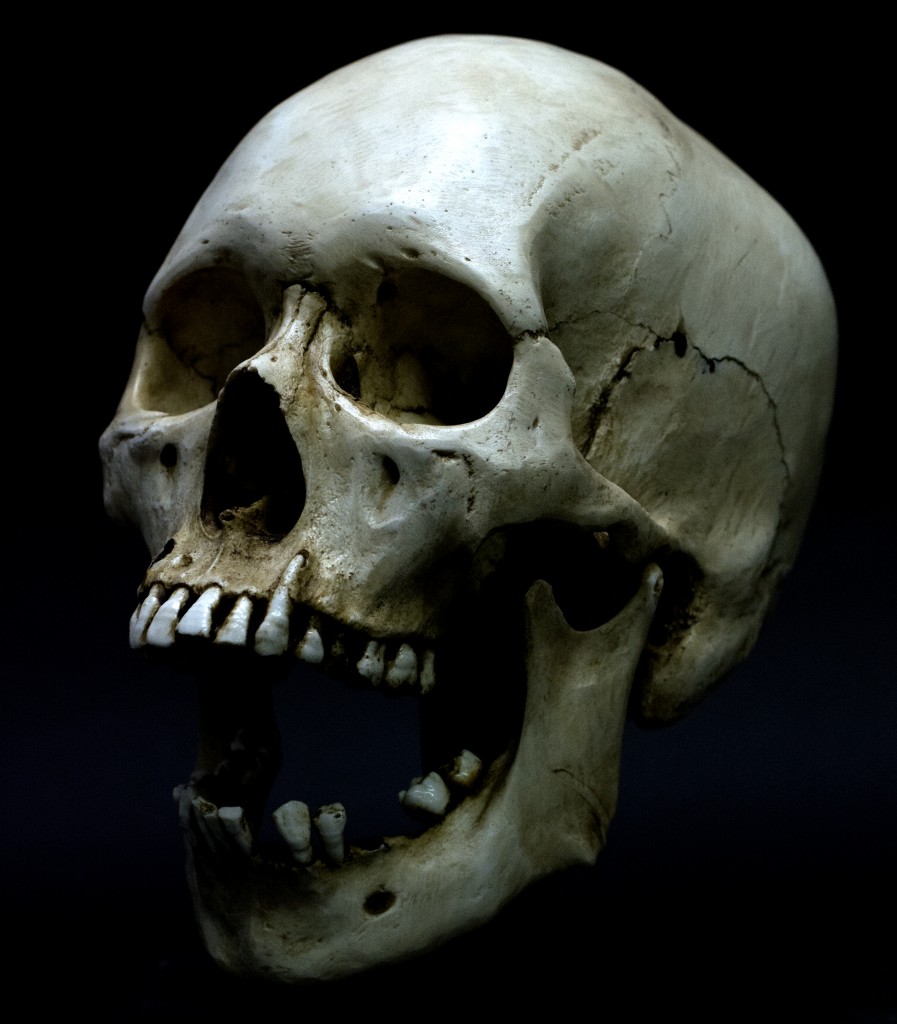
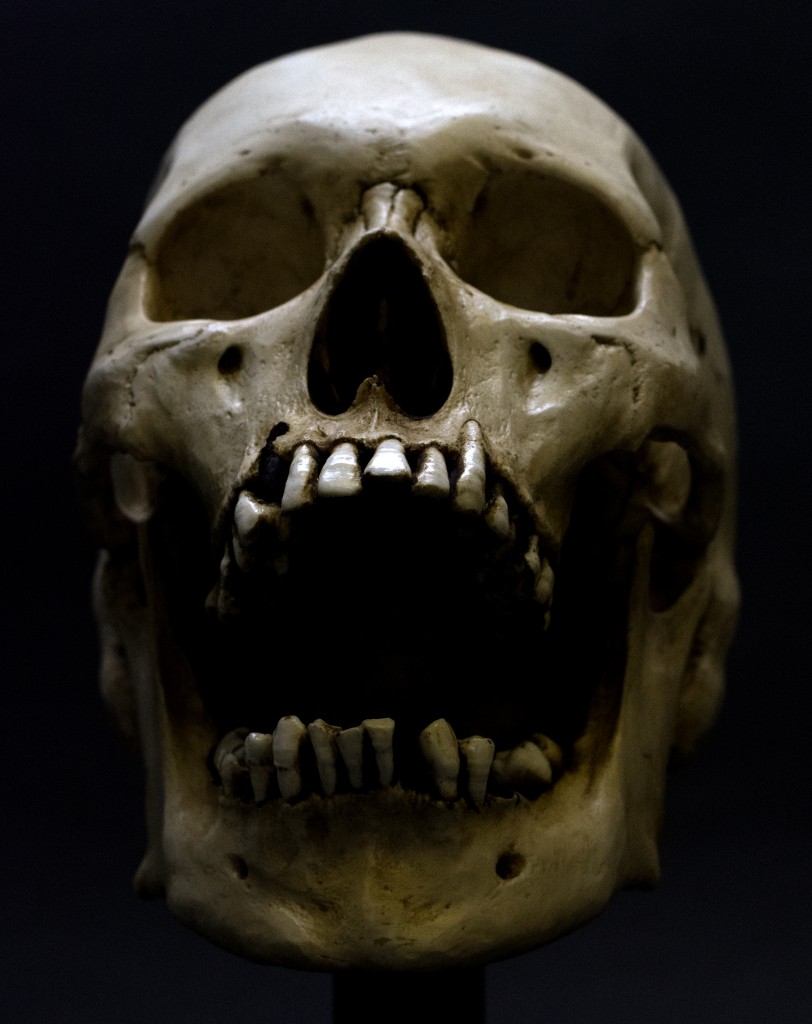
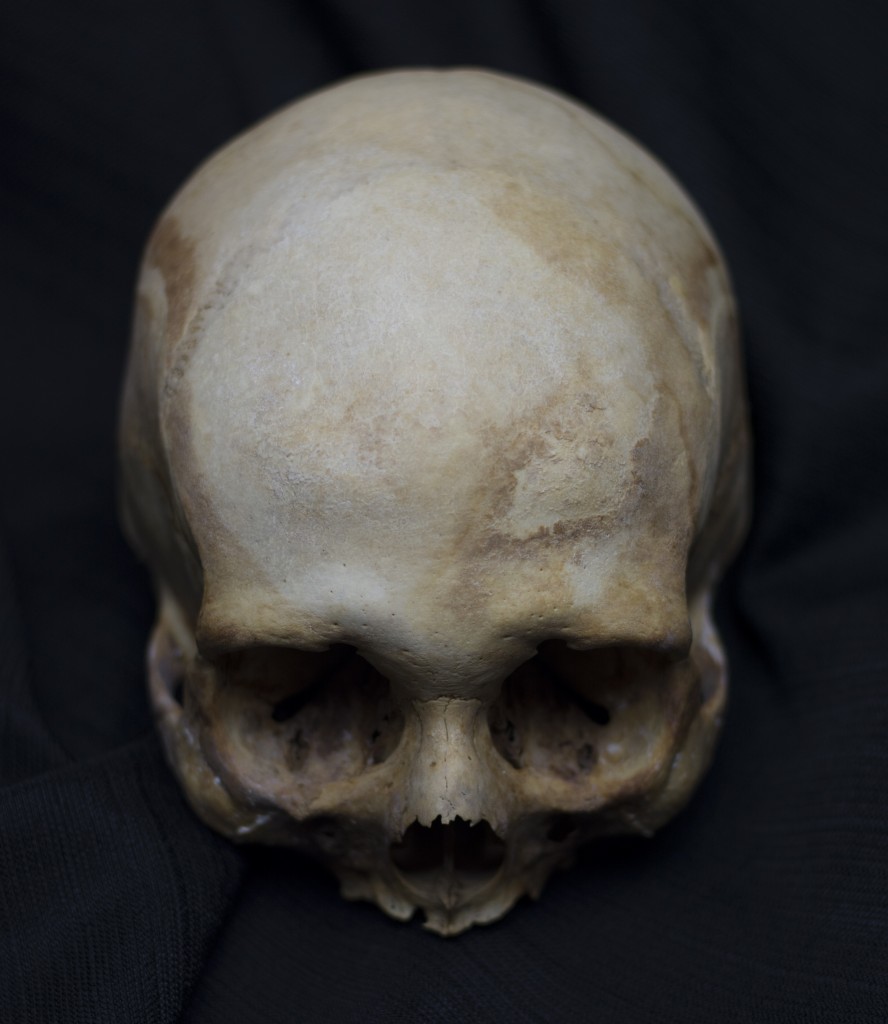
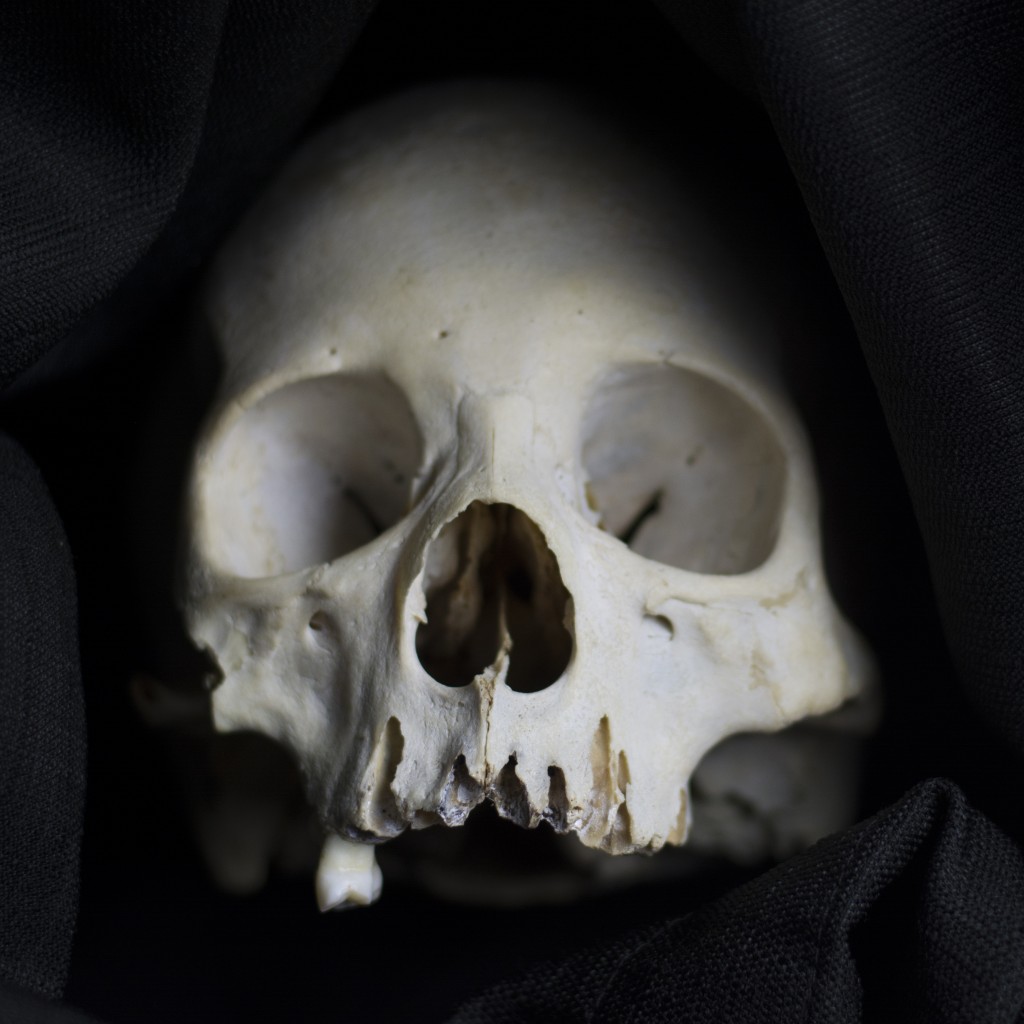


very helpful – thank you!
You’re welcome, glad you liked it 🙂
I am very thankful for this info thanks. You saved me a major grade.
Lol, happy to help!
Nice info really helped me with my sciece project about the skeletal system
Lol Inola, so happy to help with your school work. I hope you get an A!
Good info for my science project
Janet Bulluck
I would like to know if there are pressure points on the skull which could serve as a value? I have blood locked between my brain membrane and the skull and I was wondering if like on a space ship is there a way to connect a pressure lock door and pump out the excess blood with out drilling a hole in my head?
Hi Janet. Unfortunately I am not a medical doctor and am absolutely unqualified to give you any advice on this subject.
What a wonderful site you have hooked us up with, Chris! I went to your UB Productions link, and there are some amazing painting references there, and so many of them are free. And thanks to you, I now know a lot more about my skull than ever before! Now all I have to do is keep the brains in there 🙂
LOL, yeah the UB site is awesome. Mr. Gogue is both talented and generous 🙂
thank you this helped me a lot
Thank you so much for this article! Me as a representative of medical field still found this really interesting to read! By the way, i recently found (and i think it was only recently launched) a nice anatomy database. They have a lot of nice 3D models of skull and other structures of head and neck! At least- the skull was one of the best i’ve seen, so if anyone’s interested in 3D skull, i think this link might have an answer – https://www.anatomynext.com/skull
Sincerely,
Reinis!
Thanx Christopher, lovely site and thanx also 4 this article. Also thanx to Reinis, LOVE your link to the 3d skull !!!
Thank you for the information.
Hello, Mr. Kerry,
I was looking for a book cover, and skull number 3 is exactly what I wanted. I want to inquire about usage rights, and I would like to hear from you on the matter.
I thank you kindly and wish you well.
Sincerely,
GLM
Thank you for the awesome pictures I’m not an artist or medical student I was just interest in the bone structuring the 22 bones can you tell me in men and woman and depending on where they lived parts of the world what s the different between let’s say a male skull that came from Iceland compared to a orential male skull from Japan or China, what bone structure are different compared to the different race, and would you know anything about these giant skull they been finding all over the world if so how are they similar and how are they different thank for the input and your site is really awesome
your notion is false, a male from iceland also have different size compared to their compatriot individually, because they might not be the same height.
the difference between skull size mostly happened because of height, asian people are averagely shorter hence they have smaller skull.
an tall chinese would have the same skull size as a tall icelandic.
also this doesn’t mean that smaller skull makes you less smart, because the brain would still have the same level of complexity despite being smaller due to body size
interesting??
It is interesting to read, although it is scary to look at the photos of real skulls … For medical students, perhaps, it is normal )… I was in the Czech Republic at the Museum of Bones. All those artifacts are not for nervous. I’d rather just use emoji https://emojis.wiki/skull/ ???
Hopefully a helpful note here…
Your reference to the UB Productions site (at the end of the above article on skull trivia) now goes to a web-marketing site that SELLS domains, and your referenced company appears to no longer be in business.
The Ubproductions.com site is presently for sale for $4,888 USD according to their ad.
You might want to modify your last paragraph to reflect that change.
Thanks for letting me know. I have removed the link.
Yo u play Minecraft? Ur pfp is a Minecraft blocks glass lol
Haha. No, but my daughter does.
But that glass is just an emoji-sized icon that got resized much bigger, so all the pixels are glaringly visible.
I appreciated your description of holes in the skull. “These openings allow for the passage of nerves and blood vessels that INNERVATE the face.” (my capitalization.) To be precise, only nerves INNERVATE, not blood vessels. I’m actually not sure if there’s a verb for “provide blood” (using a single word to describe what the bv’s do.) Again, enjoyed the write up.
The delivery of blood to tissue or organs is called “perfusion” (the “single word” you were looking for).
And for fun, you might want to look up the polar differences between the words “innervate” and “enervate”. Same source, but interestingly different meanings.
TYSM CAUSE IF U I GOT SO GOOD FACTS FOR MY SCHOOL HOMEWORK TYSM ♥️
Good
Interesting. Fractals on the skull, why of course! I found this page because I wanted to see the forehead of actual skulls, since it IS hard to find images of actual skulls. I have a “rivulet” that runs from the edge of my hairline to the edge of my eyebrow and have felt at least the top part of that for decades. Twice between 19 and 30 I had heavy glass fall on my head. Both times in that upper forehead region. No serious problems nor did I pass out, but I always wondered about that “rivulet” and why it’s there. I noticed in feeling my daughter’s forehead that she has it too, so I guess it’s inherited!
This did not help at all. Who even needs a pie hole? Why not just call it your mouth!
Very interesting. I appreciated it. I think the final paragraph contains some good humor or reasoning on itself. Fearfully and wonderfully “made”, amazing “design “ of evolution.? Kinda sounds like wonderful amazing design, not sure why evolution is mentioned. Kinda like an awesome (yet remarkably simple by comparison) car, that happened on its own…
Thanks his helped me a lot on a assignment i was supposed to do!
I have a fractal that I can feel with my finger that extends from my occipital bone up my forehead makes a turn to the left and continues all the way across the right top of my skull and ends at the near my right ear. It has been there ever since I can remember. I was hoping to see a skull with something similar. It’s just so weird. I don’t know if I am calling it the right thing or not… a fractal?
Thank you so much for those beautiful pictures and the interesting article. I’m using them as references for my sketches
This information was really helpful and because of this I got 1st rank in my class
I loved the facts about our human skull looking diffrent!
Interesting. Good to know. Thank you.